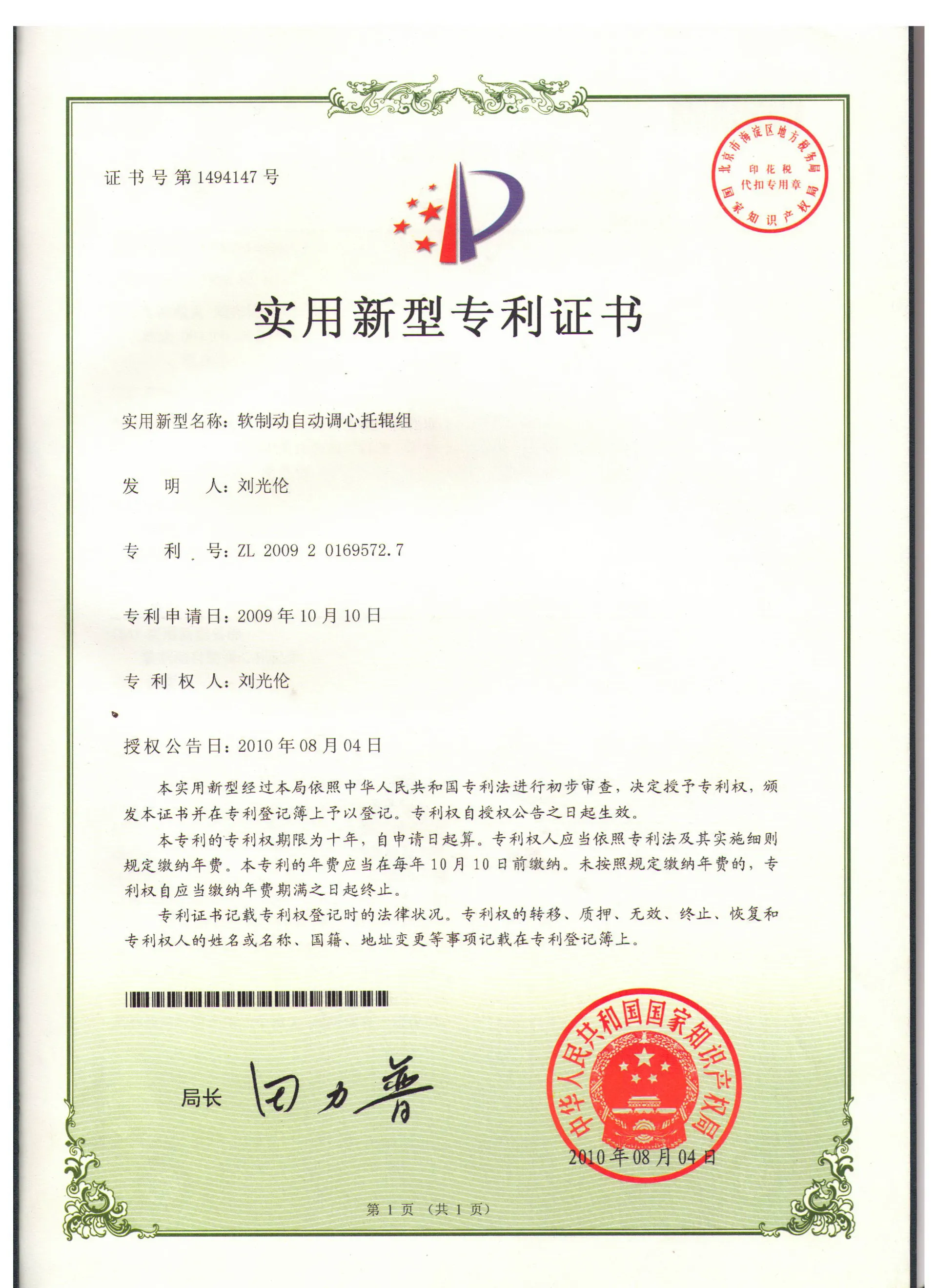 Afrikaans
Afrikaans  Albanian
Albanian  Amharic
Amharic  Arabic
Arabic  Armenian
Armenian  Azerbaijani
Azerbaijani  Basque
Basque  Belarusian
Belarusian  Bengali
Bengali  Bosnian
Bosnian  Bulgarian
Bulgarian  Catalan
Catalan  Cebuano
Cebuano  Corsican
Corsican  Croatian
Croatian  Czech
Czech  Danish
Danish  Dutch
Dutch  English
English  Esperanto
Esperanto  Estonian
Estonian  Finnish
Finnish  French
French  Frisian
Frisian  Galician
Galician  Georgian
Georgian  German
German  Greek
Greek  Gujarati
Gujarati  Haitian Creole
Haitian Creole  hausa
hausa  hawaiian
hawaiian  Hebrew
Hebrew  Hindi
Hindi  Miao
Miao  Hungarian
Hungarian  Icelandic
Icelandic  igbo
igbo  Indonesian
Indonesian  irish
irish  Italian
Italian  Japanese
Japanese  Javanese
Javanese  Kannada
Kannada  kazakh
kazakh  Khmer
Khmer  Rwandese
Rwandese  Korean
Korean  Kurdish
Kurdish  Kyrgyz
Kyrgyz  Lao
Lao  Latin
Latin  Latvian
Latvian  Lithuanian
Lithuanian  Luxembourgish
Luxembourgish  Macedonian
Macedonian  Malgashi
Malgashi  Malay
Malay  Malayalam
Malayalam  Maltese
Maltese  Maori
Maori  Marathi
Marathi  Mongolian
Mongolian  Myanmar
Myanmar  Nepali
Nepali  Norwegian
Norwegian  Norwegian
Norwegian  Occitan
Occitan  Pashto
Pashto  Persian
Persian  Polish
Polish  Portuguese
Portuguese  Punjabi
Punjabi  Romanian
Romanian  Russian
Russian  Samoan
Samoan  Scottish Gaelic
Scottish Gaelic  Serbian
Serbian  Sesotho
Sesotho  Shona
Shona  Sindhi
Sindhi  Sinhala
Sinhala  Slovak
Slovak  Slovenian
Slovenian  Somali
Somali  Spanish
Spanish  Sundanese
Sundanese  Swahili
Swahili  Swedish
Swedish  Tagalog
Tagalog  Tajik
Tajik  Tamil
Tamil  Tatar
Tatar  Telugu
Telugu  Thai
Thai  Turkish
Turkish  Turkmen
Turkmen  Ukrainian
Ukrainian  Urdu
Urdu  Uighur
Uighur  Uzbek
Uzbek  Vietnamese
Vietnamese  Welsh
Welsh  Bantu
Bantu  Yiddish
Yiddish  Yoruba
Yoruba  Zulu
Zulu Understanding the Importance of Pulley Lagging in Industrial Applications
The Importance of Pulley Lagging in Industrial Applications
Pulley systems are ubiquitous in the world of industrial machinery, playing a crucial role in the transportation of goods and materials. To enhance the efficiency and longevity of these systems, pulley lagging has emerged as an essential component. This article explores the significance of pulley lagging, its benefits, and considerations for its effective application.
What is Pulley Lagging?
Pulley lagging refers to the process of applying a protective cover to the surface of a pulley. This cover is typically made from various materials, including rubber, ceramic, and other composites. The primary objective of this lagging is to provide increased traction between the pulley and the belt, reducing slippage and wear over time. Additionally, lagging protects the pulley itself from abrasion, extending its lifespan and ensuring optimal performance.
Benefits of Pulley Lagging
1. Enhanced Traction One of the primary advantages of pulley lagging is its ability to increase traction. When a belt runs over a lagged pulley, the added surface friction helps to prevent slippage, enabling smoother operation even under heavy loads. This is particularly critical in environments where materials are moved continuously, as any loss of traction can lead to inefficiencies and increased wear on equipment.
2. Wear Resistance The wear and tear on pulleys can be significant, particularly in heavy-duty industrial applications. Lagging acts as a buffer, protecting the underlying pulley from abrasive materials and various operational stresses. By reducing direct contact between the pulley and the transported material, lagging can prolong the life of the pulley, reducing the frequency and cost of replacements.
3. Noise Reduction Another overlooked benefit of pulley lagging is its potential to reduce noise levels in machinery. The soft materials used in lagging can dampen vibrations and absorb sound, creating a quieter working environment. This can be especially beneficial in settings where noise pollution is a concern, contributing to better working conditions for employees.
pulley lagging

4. Improved Efficiency By minimizing slippage and reducing wear, properly installed pulley lagging can lead to significant improvements in operational efficiency. More efficient power transmission translates to less energy consumption, reducing operational costs and the environmental impact of industrial processes.
Considerations for Pulley Lagging
While the benefits of pulley lagging are substantial, several factors need to be considered when selecting and applying lagging materials
- Material Selection Different applications and environmental conditions may require specific types of lagging materials. For example, rubber lagging is often used in wet or oily environments due to its excellent grip and resilience, while ceramic lagging may be preferred in high-temperature applications for its durability.
- Installation Techniques Proper installation is crucial for the effectiveness of pulley lagging. Poorly applied lagging can lead to uneven wear and reduced performance. It is essential to ensure that the surface is clean and free from contaminants before installation, and that the lagging is securely adhered to the pulley surface.
- Maintenance Regular inspection and maintenance of lagged pulleys are vital to ensure continued performance. Over time, lagging can wear down and may need replacement to maintain optimal traction and protection.
Conclusion
In conclusion, pulley lagging is an indispensable aspect of modern industrial practices, contributing to enhanced traction, wear resistance, noise reduction, and overall efficiency of pulley systems. By understanding its benefits and considering the factors involved in material selection and installation, industries can greatly improve their operational reliability and asset longevity. As technology advances, the continued evolution of pulley lagging materials and techniques will undoubtedly play a pivotal role in the future of industrial machinery.
-
Revolutionizing Conveyor Reliability with Advanced Rubber Lagging PulleysNewsJul.22,2025
-
Powering Precision and Durability with Expert Manufacturers of Conveyor ComponentsNewsJul.22,2025
-
Optimizing Conveyor Systems with Advanced Conveyor AccessoriesNewsJul.22,2025
-
Maximize Conveyor Efficiency with Quality Conveyor Idler PulleysNewsJul.22,2025
-
Future-Proof Your Conveyor System with High-Performance Polyurethane RollerNewsJul.22,2025
-
Driving Efficiency Forward with Quality Idlers and RollersNewsJul.22,2025





























